The Battle Of Kursk: 75th Anniversary // Part Five: Zhukov Strikes Back
July 30, 2018 by oriskany
For the past four weeks, we’ve been taking a wargamer’s look at the Battle of Kursk, marking the 75th anniversary of the largest single battle fought in the sweep of human history. At last, we’ve arrived at the end, but if you thought the Battle of the Kursk was over, Marshal Georgi Zhukov and a few million of his Soviet countrymen beg to differ.
If you’re just joining us, please take a moment to check out the previous articles in this series.
- Part One: Background & Wargaming
- Part Two: Assault From The North
- Part Three: Assault From The South
- Part Four: The Myth of Prokhorovka
In short, the Battle of Kursk was fought between the Soviet Union and Germany on the Eastern Front of World War II. Starting in July of 1943, it opened with a gigantic, all-out German attack (Operation Citadel) on the Kursk Salient, a bulge of Soviet-held territory the size of Northern Ireland, pushing into German-occupied Russia.
Stopping Operation Citadel
To meet this threat, the Soviets had a three-stage plan. One, build some of the strongest, deepest defensive belts in the history of warfare. Two, let the Germans hit these belts and grind themselves down in brutal frontal assaults. Three, when the Germans were exhausted to the point of collapse, hit back with enormous armoured reserves.
In Parts Two and Three, we saw the Germans launch Operation Citadel against the Kursk Salient. In Part Four we saw the Soviet plan nearly fail when the Germans almost broke through. The Soviets were forced to commit some of their counterattacking reserves, setting up the clash at Prokhorovka, the largest tank battle the world has ever seen.
Now in the devastating wake of Prokhorovka, the Germans had been finally and resolutely halted. Making matters worse, British and American troops had just landed in Sicily (Operation Husky, 10th July 1943). Finally, Operation Citadel, Germany’s last real attempt to regain the initiative in the East, had failed.
This is where the Battle of Kursk “ends” in most histories published in the West. Yet nothing could be further from the truth. As gigantic as this battle had already been, for Marshal Georgi Konstantinovich Zhukov (overall Soviet battlefield commander), the Battle of Kursk had yet to truly begin.
Put another way; this is where Zhukov leans over the map table, picks up a handful of dice, and with a toothy grin that is wholly unpleasant, whispers to his opponent …
“My turn...”
Operations Kutuzov & Rumyantsev
The massive Soviet counterblow was unleashed in two overall phases. First, the Soviets struck to the north with Operation Kutuzov, smashing into the German Second and Ninth Armies in the area around Orel just north of the Kursk Salient. The attack struck on 12th July, the same day the Germans were halted in the south at Prokhorovka.
The German Second Army soon buckled under the onslaught, falling back toward Orel and Bryansk. This threatened the flank and rear of the more powerful Ninth Army, still trying to push south towards Kursk and thus badly out of position to meet the new threat.
Needless to say, Colonel-General Model was forced to give up his stalled attack toward Kursk, pull out of his southward attack, and pivot against Operation Kutuzov. He was soon reinforced by units stripped from Fourth Panzer Army south of Kursk, including the crack (but exhausted) “Grossdeutschland” panzergrenadier division.
The engagements of Grossdeutschland Division near Orel will be the basis for our wargames in this article. Part of the division fought at Karachev, where they desperately tried to delay the Soviet advance on a key rail junction the Germans needed to evacuate larger units of Ninth Army before they were cut off and lost “Stalingrad style.”
No sooner had the Germans thus weakened Fourth Panzer Army to send these reinforcements, however, that the Soviets hit Fourth Panzer Army south of Kursk with the second phase of their counterattack, Operation Rumyantsev.
This attack soon smashed the German gains in the southern wing of Operation Citadel, retook Belgorod and Khar’kov, and pushed Army Group South clear out of Russia and across the border into Ukraine. The Germans struck back with local counterattacks that eventually stabilized the line, but some tremendous damage had been done.
Together, Operations Kutuzov and Rumyantsev lasted until August, crushed any remaining offensive capability of German Army Groups Centre and South, retook hundreds of miles of Soviet territory, and decisively ended the overall Battle of Kursk.
Most importantly, the Battle of Kursk showed that the Red Army could beat the Germans in summer (so far all their victories had been in the frigid Russian winters), and won for the Soviets the battlefield initiative they would not lose until 1945. There would be pauses, but never a full stop in their advance from now on, all the way to Berlin.
Delaying Action At Karachev
Of course, the sheer scale of the individual engagements of Operations Kutuzov and Rumyantsev make them even more challenging to recreate on the miniature tabletop than the German offensives of Operation Citadel. With a careful approach, however, you can still stage Kutuzov-Rumyantsev themed games that are fun and impactful.
First up, these later operations see more varied equipment. For Kursk, both sides were desperately shoving out new weapons and vehicles. In the Citadel phase, most of it appeared only in very small numbers (e.g., the ISU-152 assault gun), or didn’t work properly (PzKpfw V Panther), or didn’t really appear at all (SU-85 assault gun).
Later on in July and especially in August, however, more of this equipment started to make a more meaningful impact on the battlefield, a factor we’ll strive to feature in our Kutuzov-themed 15mm staging of PG Division Grossdeutschland vs. leading spearheads of the 11th Guards Army.
Also, the Germans didn’t have vast field fortifications with which to resist the Soviet offensives, as the Soviets had against Operation Citadel. Therefore, the movement in these post-Prokhorovka games tends to be much more fluid, with rampaging Soviet spearheads hurled against agile German counterattacks and mobile defence.
As we did with PanzerBlitz, we’ll look at a kampfgruppe of the “Grossdeutschland” PG Division facing off against the 11th Guards Army at the vital Karachev rail line. German units include a platoon of PzKpfw IVGs and another of Hs (never neglect these workhorses), and a single Tiger from III. Battalion, PzRgt “GD” (Tiger Abteilung).
Another thing to never neglect is infantry. In fact, Battlegroup insists you include a solid infantry component in your game, requiring a certain number of platoons in your force depending on the scale of game you’ve selected. German panzergrenadiers are very good, especially if you spend a few extra points to equip them with antitank grenades.
The Soviet force is a little more complex because 11th Guards Army was a huge force and I wanted to include the “flavours” of many unit types historically included in its order of battle. For my bedrock infantry, I picked the 75th Guards Rifle Regiment of the 26th Guards Rifle Division (11th Guards Rifle Corps).
Now everyone reading this probably knows I love Battlegroup as a system. One of the very few points where I slightly disagree with the game, however, is its treatment of Soviet Guards, which they go out of their way to say are not “elite.” While I would agree they’re not automatically elite, they’re not basic grunts, either.
“Guards” units were call-back to the Imperial Russian Army that had defeated Napoleon in 1812. Initially outlawed as “bourgeois” by the Communists (although even they had their “Red Banner” formations), they were brought back late in 1941 as the Soviet government sought to leverage patriotic love for the Motherland against the Germans.
Guards units were awarded that title for meritorious action in heavy engagements. So by definition, they’re not conscripts, but at least blooded veterans. All this said I can partially understand why Battlegroup treats them as normal Soviet soldiers, for a few basic reasons.
One, the unit often took such horrific losses winning its “Guards” status that although the unit was “veteran,” individual troops were often green replacements. Guards soldiers didn’t usually receive additional training on an individual basis, although on a unit basis they often had extra attached specialist units like engineers.
Two, higher-level Guards units (especially armies) often had non-Guard component units plugged into their order of battle. So a major formation like 11th Guards Army here at Karachev is going to have regiments, brigades, divisions, and even corps that aren’t necessarily Guards and shouldn’t be treated as such.
All that said, having done the research and found that even down the regiment level, these units at the front of 11th Guards Army’s advance really were “Guards,” I have cranked up their point cost slightly to give them all at “veteran” status for the Battlegroup game.
If nothing else, upgrading your Soviet Guards rifle units allows them to be pitted against veteran German panzer grenadiers. We all love our tanks, but a hard-core matchup between two veteran infantry forces is the stuff of legend, not only for Battlegroup but also Flames of War and especially infantry-heavy games like Bolt Action.
Thank You!
Well, if you’ve made it this far, congratulations. You have survived yet another of Oriskany’s article series. The 75th Anniversary of the Battle of Kursk, being the largest single battle in the history of human warfare, was definitely a subject I wanted to not only publish on Beasts of War but really present to the utmost of my meagre ability.
As always, I really want to offer my heartfelt thanks to the Beasts of War team. This includes Ben and Sam for the publishing support, Lance for the front page graphics presentations, Tom for the web support, and of course Warren for encouraging me to publish “deep dive” historical wargaming content on Beasts of War.
Most of all, I need to thank all of you who’ve read these articles, been so supportive over the years, and left so many great comments and questions the article threads. Hopefully, I’ve provided some insight into wargaming “through the eyes of military history,” or even inspired some of you to try out some “harder-edged” historical wargaming.
In the end, I just hope I’ve provided a few minutes of entertainment to a great community.
For now, I’ll be taking just a short break from publishing on Beasts of War. I’d like to free up some time to participate more fully in the site’s great Projects area, and perhaps explore some other ways I can contribute to on-going Beasts of War content, especially in the historical arena.
Meanwhile, what are your thoughts and insights on the Battle of Kursk? Have you ever given thought to an Eastern Front wargame? Although Battlegroup: Kursk was specifically written for the Battle of Kursk, there’s no reason at all why systems like Flames of War, Bolt Action, or Chain of Command wouldn’t work for this setting.
So leave your battle cry is “Panzers East!” or “Glory to the Motherland!” Post your comments, questions, and feedback below and keep the conversation going! A topic like this is too big for a mere article series to do it any justice!
"...this is where Zhukov leans over the map table, picks up a handful of dice, and with a toothy grin that is wholly unpleasant, whispers to his opponent “My turn...”"
Supported by (Turn Off)
Supported by (Turn Off)
"Another thing to never neglect is infantry. In fact, Battlegroup insists you include a solid infantry component in your game..."
Supported by (Turn Off)































![How To Paint Moonstone’s Nanny | Goblin King Games [7 Days Early Access]](https://images.beastsofwar.com/2024/12/3CU-Gobin-King-Games-Moonstone-Shades-Nanny-coverimage-225-127.jpg)









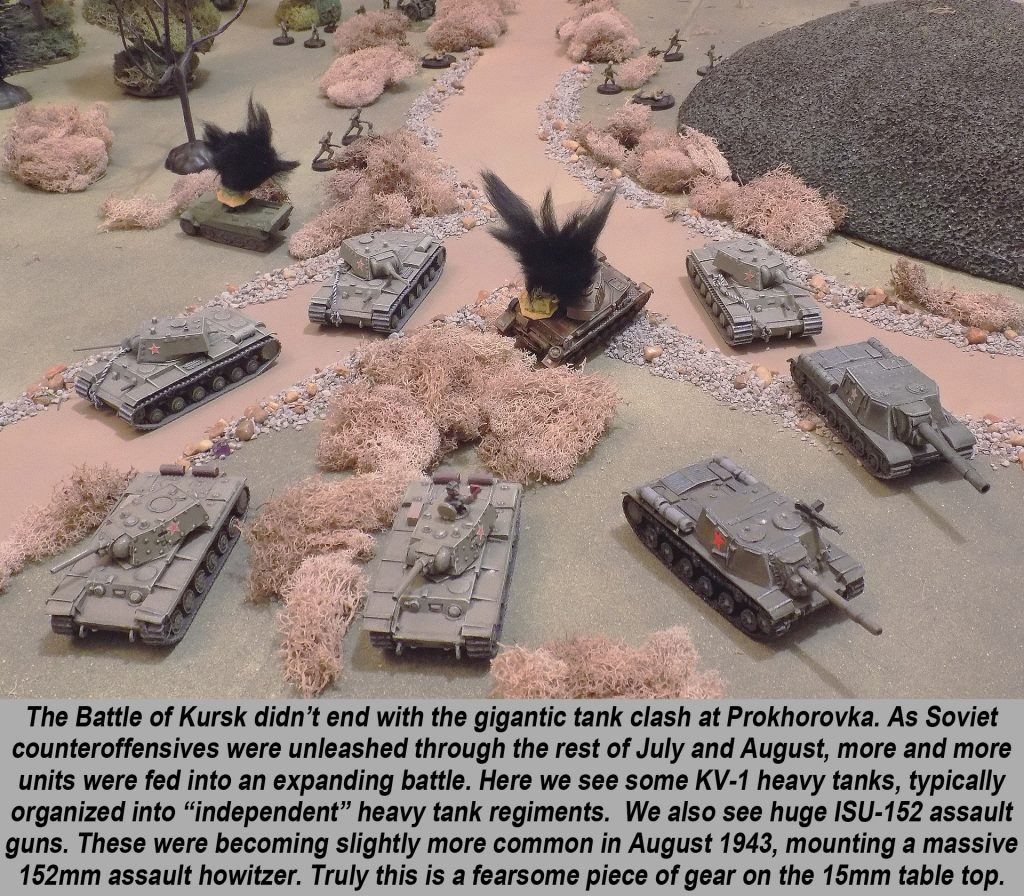

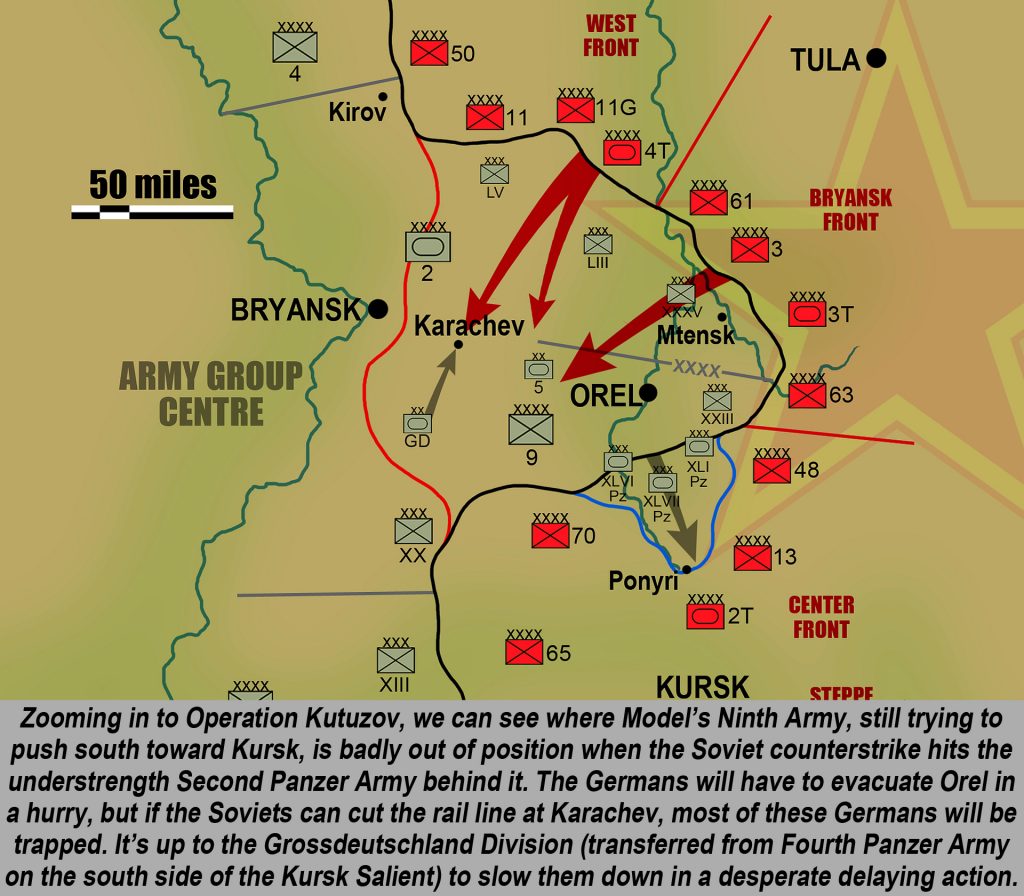
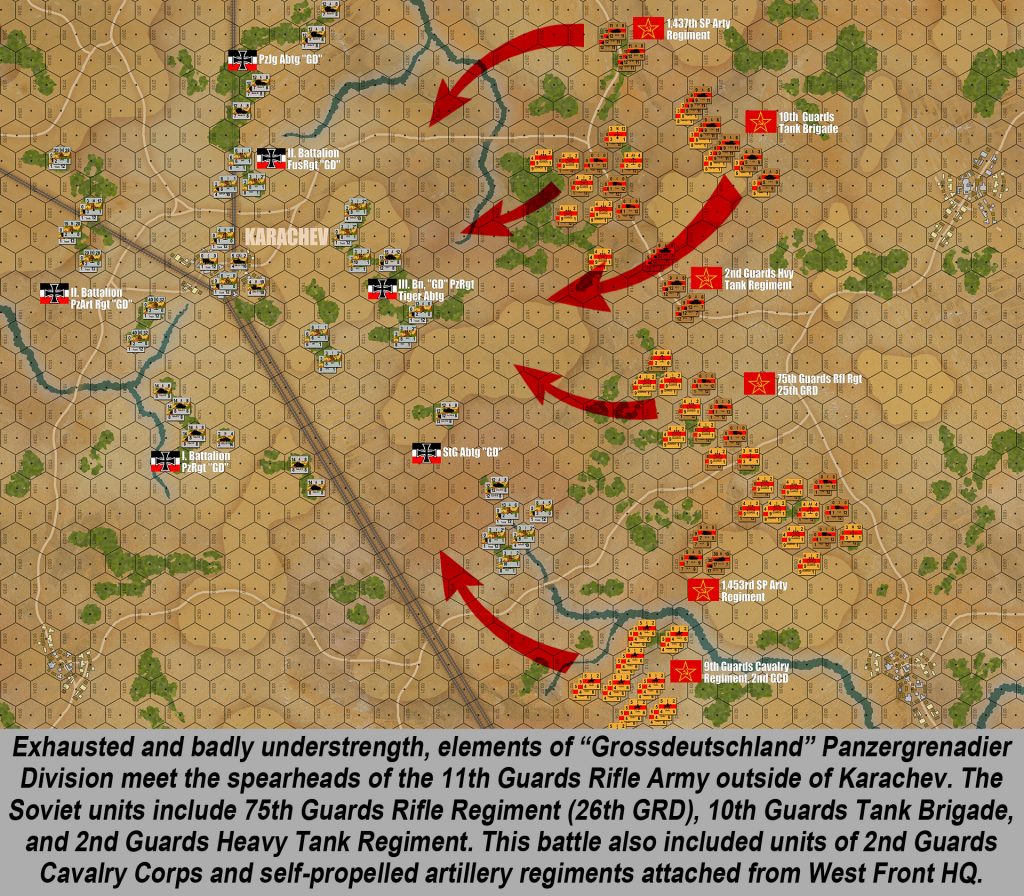
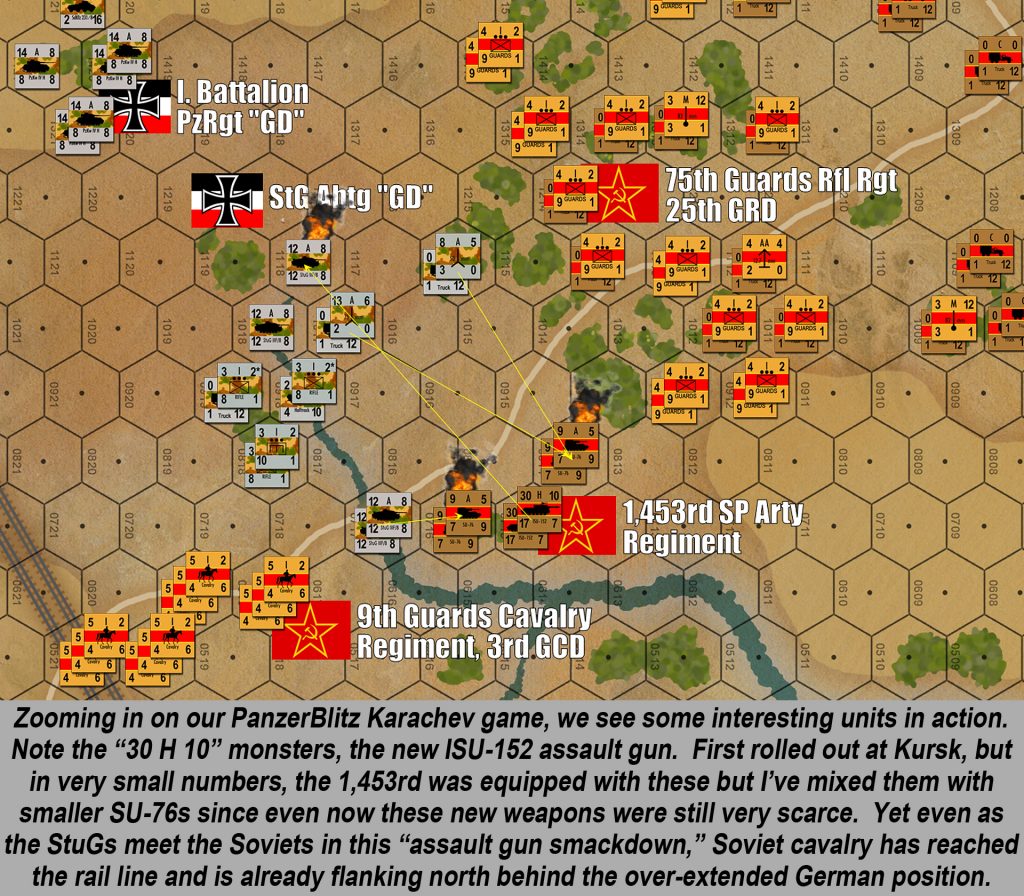
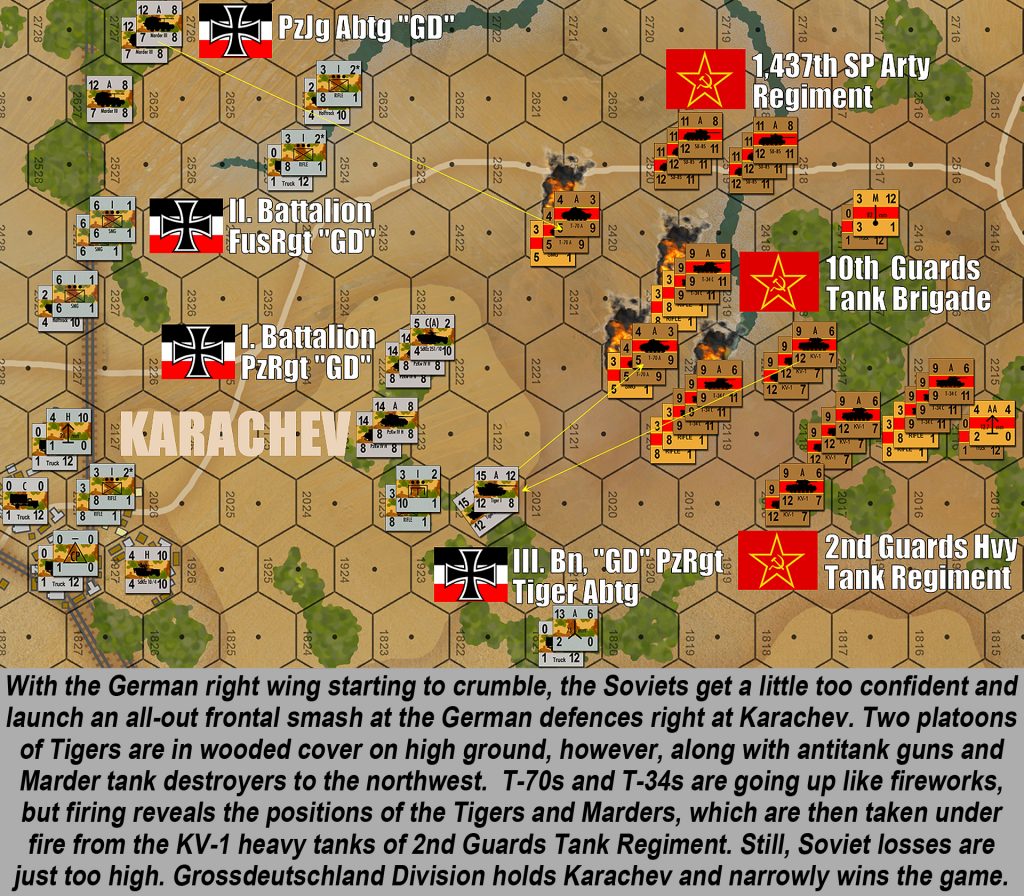
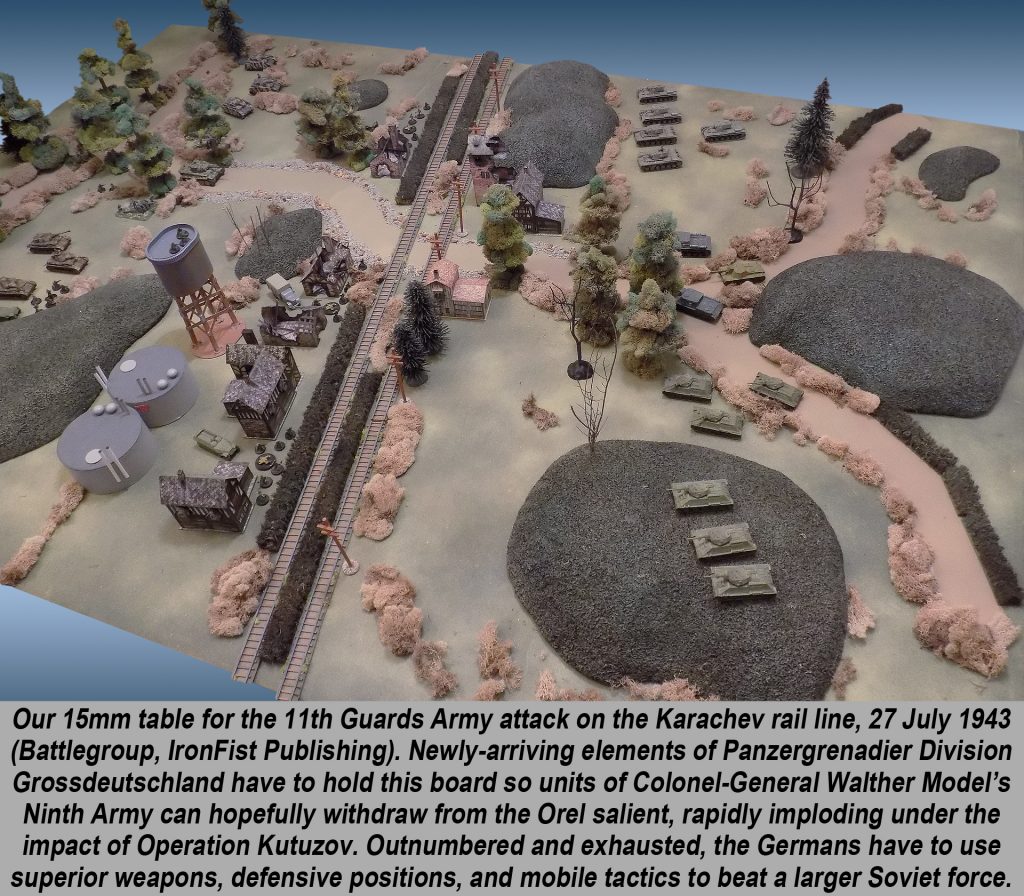
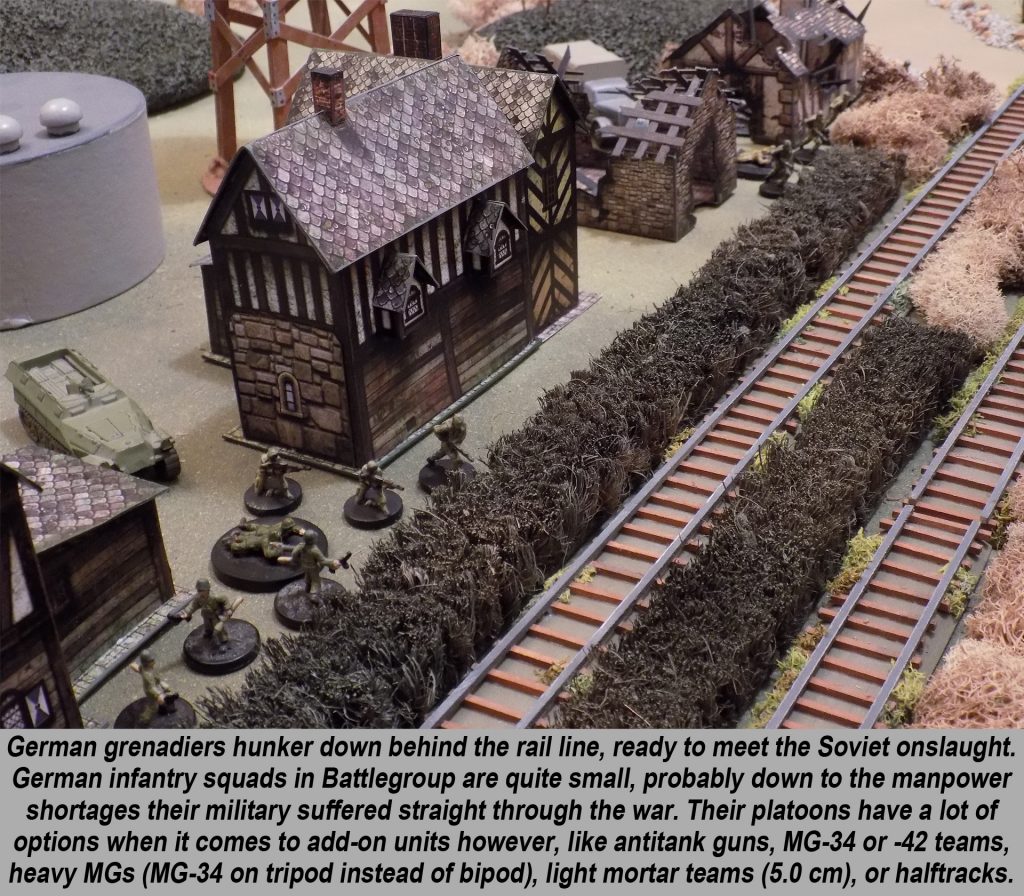

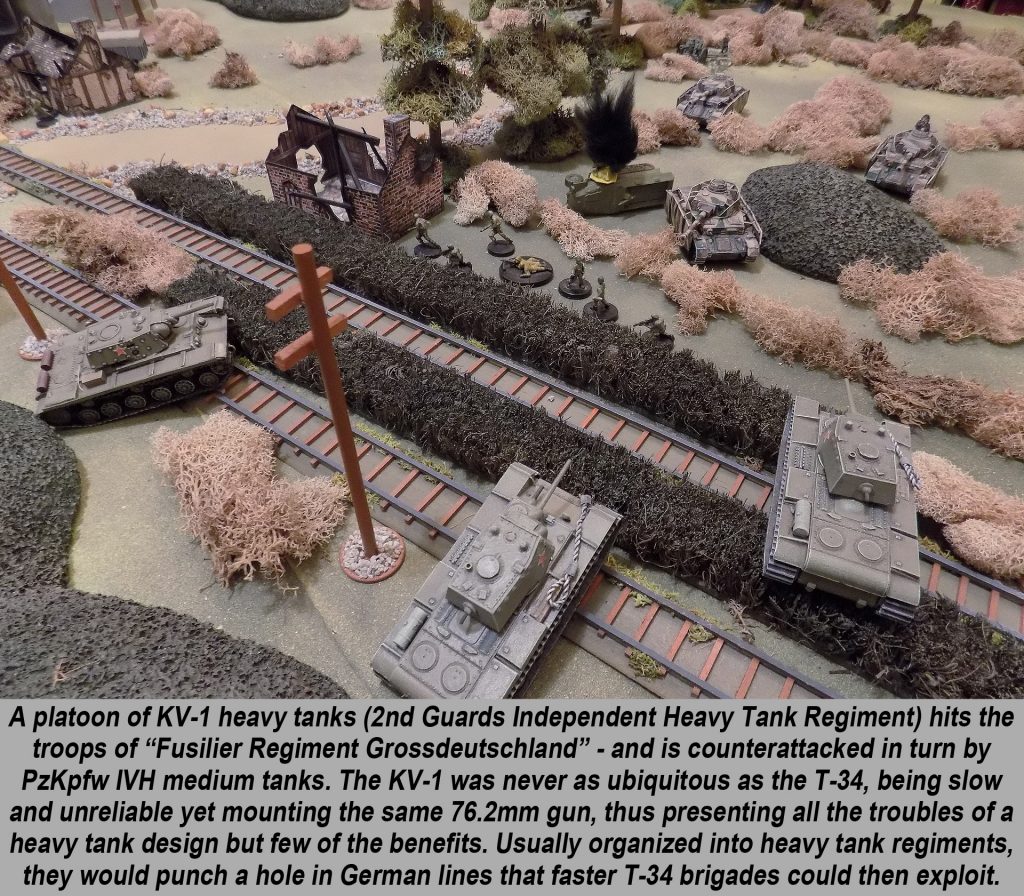
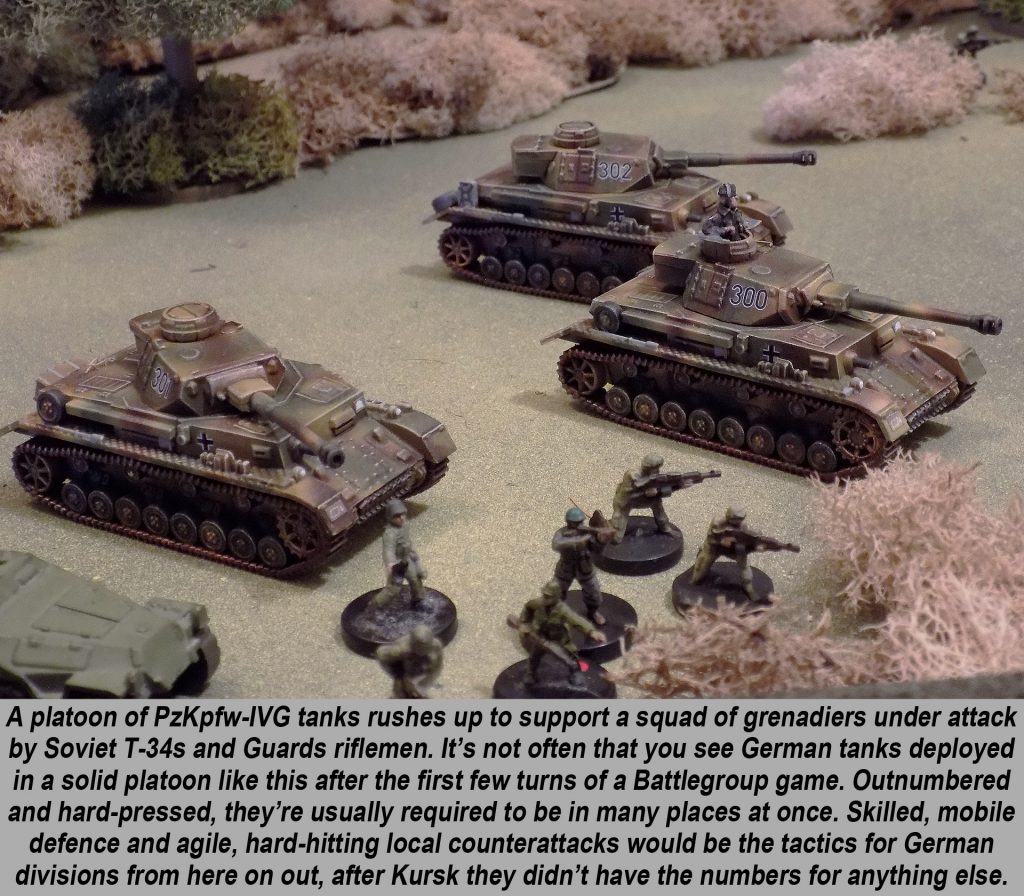
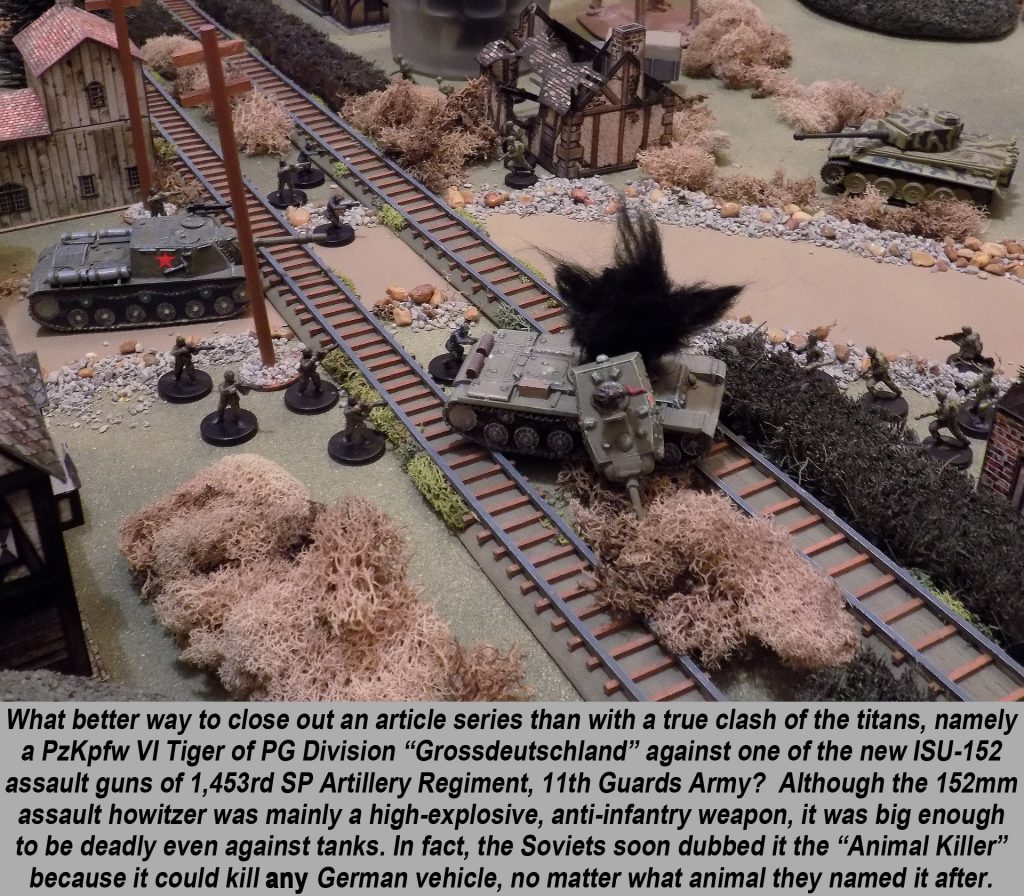
































Great series of articles. It has made me want to get back into gaming the Eastern Front. I am predominately a Bolt Action and FOW miniature gamer but your articles have fired an interest in the PanzerBlitz game/series as I really liked your graphics and found where you did Barbarossa before. Start at the beginning and work up heh. I hope you also publish your Kursk PanzerBlitz graphics too. Keep up the great work.
Thanks very much, @lhmg , and thanks for kicking us off in the comments! That’s not a bad idea, publishing some more of the Kursk graphics, maybe in some kind of support thread or a project. Sooner or later I’m going to want to play that Kursk – PanzerBlitz megagame, after all! 😀
Huge thanks for the community and also the team for all the help they’ve given rolling out this series – Ben, Sam, Lance, Tom, Colin … and of course Justin and John for the great interviews and live stream! 😀
Thank you so much @oriskany for another awesome series of articles. Your introduction really impressed upon me the sheer scale of this battle – especially that this was the largest battle in human conflict. The statistics that the vast majority of the German war effort was in the East, was very sobering. As a Brit, we almost always only ever hear about the Battle and campaigns in Western Europe and North Africa. The Info that Western histories have either ignored or downplayed the Soviet counterattack is for me yet another example of Beasts of war at its best – educational,… Read more »
Thanks very much, @aztecjaguar – I really appreciate the kind words and the great comment! The statistics that the vast majority of the German war effort was in the East, was very sobering. As a Brit, we almost always only ever hear about the Battle and campaigns in Western Europe and North Africa. The best example of this came from a book actually @johnlyons recommended to me, where the measure the German war effort my “division-months” – how many divisions were deployed to a given theater for how many months (because they obviously moved around a lot). You wind up… Read more »
Thank you @oriskany and @johnlyons for the fascinating “division-months” comparisons. Now I am curious to learn the “division-months” of the Soviets, British / Commonwealth, Americans, Italien Japanese throughout the various WW2 theaters of war. Could be more than enough an article of article and / or some infographics. And then compare all those to the “division-months” involved in WW1… I was reading recently a wikipedia article about the British Army at the start of WW2 and how small and “under funded” it was compared to France and German armies of the time. (Apparently funds were diverted to the Royal Air… Read more »
Problem is Germany cant afford to wait 5 or 6 years as then British and French re-armament programmes would have been in full swing and Germany would likely be bankrupt.
Also, war tends to drive the technological developments, so no reason to assume that had they waited till say 1943 to invade Poland, that the equipment would look much different from 1939. War drives change and development.
I would further add that a lot of this also depends on the Soviets. Obviously Soviet invasion of Poland doesn’t happen if the Germans don’t make that invasion as well. Not sure about Baltic States and/or Finland. If they do, especially Finland, this is where the Soviets realize how bad their army really is, and triggers their massive post-purge reform and rearmament – historically in progress when Barbarossa hits in June 1941. So if Finland happens “on schedule”, again as @piers says, the Germans really don’t have time to start WW2 in the mid 40s or later. Red Army reforms… Read more »
Yes, absolutely. The “Alternative History” Scenarios could just a interestingly applied to the other combatant Nations… and even non-combatant neutral countries.
It always seemed strange to me as a child, that some Countries could somehow decide not to get involved in WW2: eg. Spain, Ireland, Sweden, Switzerland.
@aztecjaguar – We always meant to get to a “Alternate History” series, talking about the different “flavors” it can take – from … 1) Yes, it absolutely could have happened this way (what if Barbarossa had hit “on schedule” on May 15, 1941 … what if the Americans had listened to the British re: how to deploy those DD Shermans), etc. 2) Battles that only happen contingent on other historical events you change (if the Germans had won the Battle of Britain, could Sea Lion have really happened, if the Americans couldn’t get the A-bomb to work, what would the… Read more »
Thank you @piers for adding the Economic Dimension to the discussion – and, I guess, how the “if it ain’t broke, don’t fix it” rationale would greatly restrict the further Rapid Development of Weapons and indeed war planning and Battlefield Tactics.
Thanks again for another great comment, @aztecjaguar . “Division months” would be tough for some of these armies since many of them didn’t rely exclusively on the division as their standard maneuver-level formation. The Soviets would be the worst offenders, with so many brigades and independent regiments (none of which belong to any “division” – instead bolted directly to corps, army, and front level commands. But I’m sure someone somewhere has run some kind of similar statistical analysis. Indeed the British Army was always the “poor stepchild” in the interwar years. The British government and public emerged from World War… Read more »
Thank you @oriskany for the detailed reply. Must say, I had never heard of the German Kriegsmarine “Plan Z” before. There were Plans for 20 inch Naval guns? We are going to Need a bigger boat.
Actually, I was thinking more about the Late War German Weapons that actually did get used in the (apart from, obviously, the Atomic bomb) such as the Panther, Nebelwerfer, Stgw-44 assault rifle, V1 and V2 rockets, Me jet Fighters.
“What if” scenarios including wierd war tech such as antigrav-systems, the Maus Tank, etc. are definately more “at Home” in Konflikt 47, for example.
@aztecjaguar ~ There were Plans for 20 inch Naval guns? Well, “plan” is a strong word. But technically, yes. As we all know, Bismarck and Tirpitz were the last big battleships built for the German Navy. Naval Plan Z had five additional classes planned out, H-39, H-41, H-42, H-43, and the terrifying H-44 class. While I think four units of H-39 were in fact “started,” (barely) – the outbreak of war pretty much nipped these in the bud. They never even picked names for them to my knowledge. H-39s would have displaced about 58000 tons, making them roughly the same… Read more »
Thanks @oriskany – I have been reading through the Wiki links you provided about Plan Z and the battleship classes H-39 through H-44 – all fascinating stuff. Obviously other priorities – such as fighting the war the Germans had just started – meant these “Plans” never got very far. What does seem odd though, if Hitler decided to delay building this fleet of super-battleships until after the war, against whom would they be needed to fight? The Japanese? Perhaps in 1939/1940 he did not expect the USA to get involved in what was then a European / North African war..?… Read more »
Thanks @aztecjaguar – The photos of Speer’s planned buildings in “Germania” are indeed interesting to look at, the scale of some of those buildings are truly monstrous. The size of that Reichstag dome? I can’t remember the numbers but it was supposed to have been obscenely large. “Who would these battleships have fought” – well, the idea for Plan Z (and how we got on this topic in the first place) was that Hitler told the Navy that the war would not start until the mid 40s at least. So they would have time to build many of these ships,… Read more »
From the project:
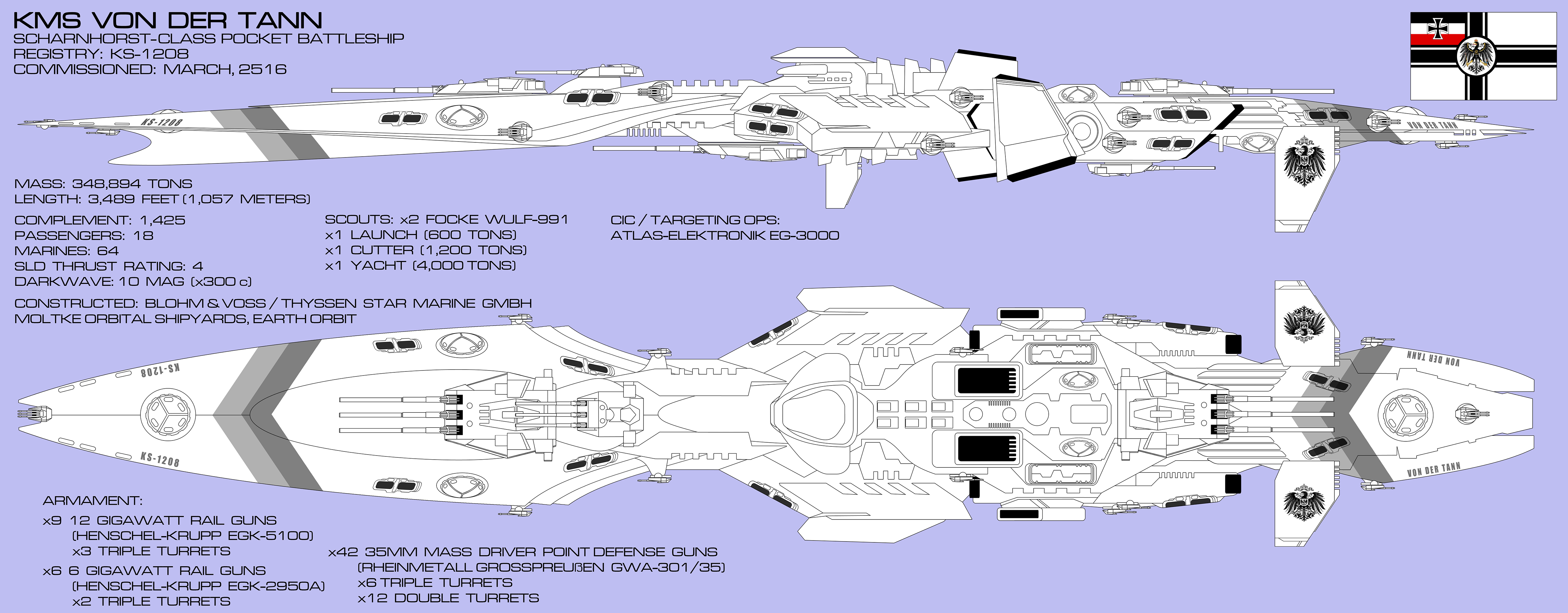
What a finale! Great job on closing out this epic series!
Thanks much much, @gladesrunner ! And no sand scattered all over the dining room floor this time! 😀
Excellent article series, really enjoyed them. I love how it puts the whole of the war into perspective, we spend so much time playing with platoons and squads that we completely miss the divisions and army groups (I play a lot of BA or platoon sized battlegroup).
Looking forward to the next series.
Thanks very much, @civilcourage ! Tactical wargaming is definitely great, and often my favorite as well. I just wanted to put a little perspective on larger operational or even strategic views as well. This is because people often ask questions like “could the Germans have won this battle or that battle,” what would such a victory have looked like, what kind of effect would it have had … Honestly, these are the kinds of questions you never get answers in the smaller wargames. The same things works in reverse, where this larger context also explains why tactical battles are shaped… Read more »
Great series @oriskany . Really enjoyed it, and learned a few things to boot. In my books you can never go wrong with some eye candy miniatures battles, augmented by Panzerblitz.
Thanks very much @cpauls1 – yeah, one of these days I really gotta get to that Prokhorovka mega game and see if I can put a dent in it. Maybe if I just keep all units in stacks, move / fire whole battalions at once, and try for one turn a weekend, I might be able to make some headway. 😀 It would be a PanzerBlitz game for the record books to be sure!
Would make for a great weekend… with liberal amounts of honey whiskey of course.
Oy! THAT game would take a lot longer than a weekend. We’d have to figure out a way to lock ourselves away for 2 weeks minimum, a month at the outside. 😀
“… the end is nigh.” Now this is the end of this splendid article series about this battle or better chain of battles. What a pity soviet players can´t (or shouldn´t) include T34/85s and SU 85s into their games. Unfortunately, so far, I have ever so many of those and only few T34/76. My favourite games are Bolt Action and Flames of War and I am going to combine them using the BA rules with 15mm models. In an old issue of Wargames Illustrated there are a few simple rules how to perform BA battles with really many models on… Read more »
“… the end is nigh.” Now this is the end of this splendid article series about this battle or better chain of battles. What a pity soviet players can´t (or shouldn´t) include T34/85s and SU 85s into their games. Unfortunately, so far, I have ever so many of those and only few T34/76. Thanks very much, @jemmy – Okay, regarding the SU-85s … you can swing them easily enough in a lot of these later July-August phases of Kursk, the Soviet phases, the “post-Citadel” phase. The mistake I made in Part 04 was rolling them out a little too early… Read more »
Excellent to see the ‘post-Kursk’ period covered.
Great series @oriskany
Thanks very much, @piers – I totally agree, the Kutusov / Rumyantsev offensives don’t get nearly as much attention as they deserve, truly the “second half” of Kursk.
Appreciate the kind words!
That “My turn” moment never really ended until they hit Berlin. I always see the operations after “Kursk” as the beginning of the Soviet Steamroller. The confidence this series of battles gave the Russian commanders, despite several hairy moments, cannot be valued high enough.
I can’t argue with that, @johnlyons , at least in a general sense. From here on out the Soviets were more or less constantly either (a) on the offensive, (b)recovering after an offensive, (c) preparing for the next offensive, or (d) conducting an offensive somewhere else along their line. Kutuzov and Rumyantsev here give the Soviets Orel in the north (Kutuzov), and Belgorod / Khar’kov in the south (Rumyantsev). The carries through until the middle of August. By September you have larger offensives opening toward the Dneipr River aimed at Kiev and the collapse of the German forces through the… Read more »
A great Ending/Height Tide @orisany its the long road back now which is just as dark an dirty.
That for sure, @zorg – the Battle of Berlin is still one of the worst in history, if you ask me.
Very true.
The Battle of Berlin is tough to quantify, @zorg , because the number of casualties, military and civilian, are impossible to nail down and more or less “lost to history” (at least an EXACT count), especially on the German side. Proper records were just not maintained during the battle or the chaos of immediate post-war that followed. https://www.youtube.com/watch?v=Qo95rTt9ikU&index=6&list=PL8hNHC9nbLlwpq5bbCkcODDmAXXFfuSKZ Oh, and that last paragraph is supposed to read: So whether your battle cry is “Panzers East!” or “Glory to the Motherland!” … post your comments, questions, and feedback below and keep the conversation going! A topic like this is too big… Read more »
that’s a great video I did see they glossed over the Warsaw massacre when the Russians sat out side during the uprising thanks @oriskany
Certainly. This episode I think focuses on the Battle of Berlin, April 1945. When it comes to sketching in the background they can only include so much. When I wrote this for Kursk, after all, I think theBattle of Moscow gets two sentences, Stalingrad maybe three sentences. 😐
It basically starts at the defeat at kursk go’s through the pushes to Berlin points out big battle/city’s plus new weapon’s but just the uprising in Warsaw another point they got wrong saying the troops at the Bastogne bulge we’re green not recovering units from the front the German’s hit first. @oriskany
Again, I don’t think they get anything “wrong.” It’s background for the battle of Berlin, as you say they go from Kursk to Berlin, in both East and West, in less than 10 minutes (2:54 to 12:44). They’re not going to cover everything.
And they don’t say the troops at Bastogne were green and recovering. They say the troops making up the initial line were green and recovering. Which they were. 106th was very green, 28th was beaten up and recovering (which means many replacement = green troops).
Perhaps I’ll see if I have time to watch the film again properly.
Yes some of the troops were the attackers on the big push against the Siegfried line and pummeled by the German’s.
No worries, @zorg – you know I don’t usually defend TV documentaries. The Battlefield series is pretty good, however, at least for a TV documentary series. I especially like how the “battle” never gets started until after the halfway point of a 2-hour series, proof and acknowledgement that the real factors that determine the course of a battle always takes place BEFORE the shooting starts. You might like this one better (Battle of the Rhine – so Market Garden, Bulge, and Rhine River crossings into Operations like Linebacker and Varsity in the spring of 45 ). https://www.youtube.com/watch?v=A34iQr1DyV8&index=12&list=PL8hNHC9nbLlwpq5bbCkcODDmAXXFfuSKZ Indeed, the INITIAL… Read more »
Yes that is a good series plus the information may have being accurate at the time of making.
Always possible. 😀
Very enjoyable article series as always. As a Bolt Action fan i have been inspired to start a Soviet Army.
Thanks very much, @danbag – I think two years ago we had a great project going on for Soviets in Bolt Action, when @warzan and @johnlyons was getting his 8th Guards Army put together. I put together a “packet” of sorts to help him build his force is a more or less historically accurate manner, without having to do any additional research in uniforms, weapons, vehicles, equipment, OOBs, battles and campaigns in which the 8th Guards Army participated, etc. I’ll see if I can find that old thing. 😀
A great look at this epic battle with your series of articles @oriskany. I am warming to this new format of combining the gaming into the historical article, rather than two separate pages. Over the years I have had a number of games and campaigns. From micro armour through to hex and counter games up to divisional level games which has left me with a number of impressions. Firstly this is a Russian battle and not a German battle as out forth by a number of Western histories. It is a Russian counter offensive against the German offensive to remove… Read more »
Okay, @jamesevans140 – I finally have an hour to myself where I can put together proper reply to your great post! 😀 … combining the gaming into the historical article, rather than two separate pages. Yeah, during the Great War series we may have laid the history on a little deep and not too much gaming. The community response seemed a little deflated – not sure if that was due to the WW1 content or not enough gaming in the articles (this is a wargaming site, after all), so I decided to kick up the gaming content and see what… Read more »
What can I say, @jamesevans140 – never present me with a challenge! I am closing in on proof of one unit in particular, 46th Separate Guards Heavy Tank Regiment (SGHTR) that was attached to 98th Rifle Corps / 23rd Army / Leningrad Front, used in the Karelian Offensive into Finland in June 1944. The photo allegedly shows a Churchill of 46th SGHTR passing through Viipuri / Vyborg in front of the Hotel Continental on or around 20 June 1944. http://armchairgeneral.com/rkkaww2//galleries/Lendlease/churchill/Churchill_05.jpg The book “Karelian Ishtmus 1944 – Final Battle by Ilja Mosjtjanski” lists the unit with 6 Churchills and 32 KV-1S… Read more »
I realized I never commented on the pull quote… GREAT choice Ben!!! Oriskany, that is some great writing and imagery. I can totally see a toothy Russian grin and an evil glint in the old man’s eye. I’m getting a total Sir Gawain and the Green Knight moment.
Thanks, @gladesrunner – just trying to make a point to a wargaming audience on how incomplete most western historians are when it comes to “The Battle of Kursk.” In most games, the attacker gets a turn, sure. But even if the attacking player fails, as the Germans certainly did at Citadel … bad news … the defender player gets a turn as well! I mean, American historians, when writing the Battle of the Bulge, include both the German attack of December 16 AND the American counterattack that partially pinches off the Bulge and drives the Germans back to their start… Read more »
ERRATA: I’d like to update the ISU-152s included in this series to the SU-152. In fact, the ISU-152 wasn’t rolled out until much later in 1943. A subtle difference (between the SU-152 and ISU-152), but nevertheless important. The beginnings of the ISU-152 came on January 24, 1943, when the first prototype of the SU-152 was unveiled. This was a fully enclosed 152mm gun-howitzer on the KV-1S tank chassis. It was designated Object 236 (Объект 236). Object 236 was completed in Factory No. 100 in Chelyabinsk, and was successfully tested from January 24-February 7, 1943. On February 14 the vehicle was… Read more »
Just watched an interesting documentary on the KV-1 tank. Great article series as usual from @oriskany. Germany lost the war by the end of 1942 and it is a tragedy that it took another 3 years of conflict for the dinosaur to realise it was dead.
I would argue that they lost the war on 11 December 1941
Thanks, @tankkommander – indeed the whole KV line is interesting, with many missteps along the way but also many great vehicles that had a great effect on the battles in which they fought. Missteps include keeping the same 76.2mm gun that we originally saw in early marks of the T-34 … so your heavy tank (with all its “heavy tank problems”) only has the same hitting power as your much faster, more numerous, cheaper, and easier to maintain medium tanks. Also, sending whole regiments of these into Finland? In November / December 1939? I always wish the KV-85 had a… Read more »
I have a soft spot for the frankly ridiculous KV-2 🙂
The Spanish Civil War was a tragedy but it did at least give impetus for Soviet tank design and the KV-1, without which the German advance may well not have been stopped.
I totally agree. I have a KV-2 in 15mm I love using in Barbarossa games. Absurd, but I don’t care. It’s awesome! I have a T-35 as well. In 15mm that thing is bigger than most tanks in 28mm. 😮 !!
I would generally agree, @torros – we make the case in the Barbarossa series that the real turning point of WW2 is the “first week of December, 1941” (roughly speaking) – the opening of Zhukov’s counterattack at the gates of Moscow (5 Dec), the attack on Pearl Harbor (7 Dec), and America’s entry into the European War (11 Dec). As I’m sure you know, Germany declared war on the US, not vice-versa. I’m sure the US would’ve declared war on Germany eventually in the wake of Pearl Harbor, but it wouldn’t have been immediate. The US was furious with Japan,… Read more »
Awesome finale to a great series.
Really nice terrain is some of it Printed Paper Terrain? If so how do you find it?
Thanks very much, @elessar2590 – yeah, it’s good ole’ Deave Graffam terrain / buildings:
http://www.davesgames.net/